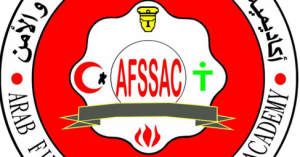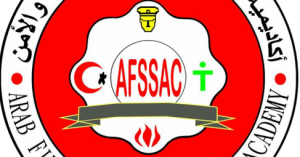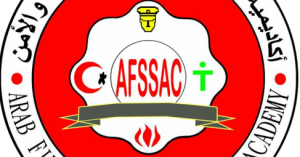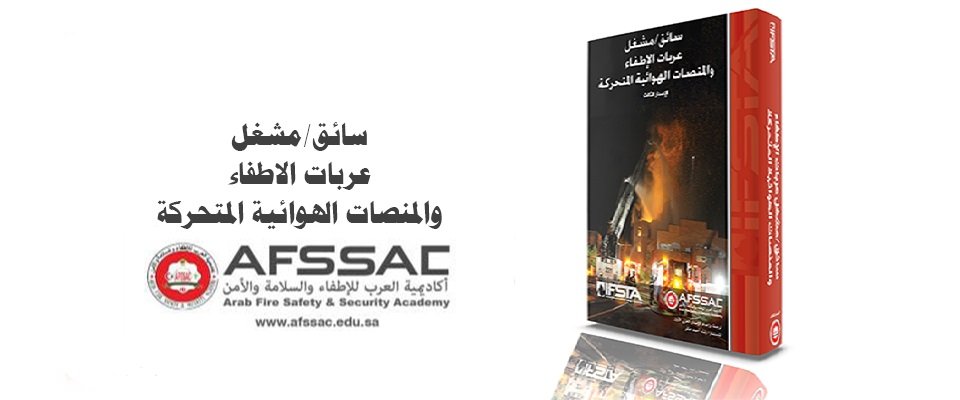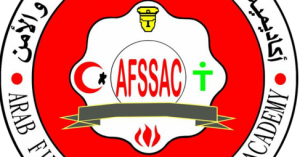Now it is available the first Arabic edition of Essentials of Firefighting and Fire Department Operations. (6th Edition). For purchasing you can transfer value in advance. for information of prices and payment process please contact us on email info@afssac.edu.sa
IFSTA’s Essentials of Fire Fighting, 6th Edition is the premiere resource for firefighter training. The completely revised text meets the NFPA® 1001, 2013 Edition JPRs. Essentials of Fire Fighting, 6th Edition is the most engaging and advanced text available for Firefighter I and II training. Building on IFSTA’s nearly 80 years of excellence, Essentials again sets the standard with:
• Content Separation – Firefighter I and II content is clearly identified and separated in each chapter for ease of teaching and learning.
• Research-Driven Content – Updates to content, skills and tactics reflect the most current research from the National Institute of Standards and Technology (NIST), Underwriters Laboratories (UL), and others.
• Student-Focused Design – High quality photos and illustrations emphasize the chapter content. Engaging graphics reinforce the sequence of each skill to ensure mastery is achieved safely. Key terms are clearly identified in the margins for ease of use and comprehension.
• Robust Electronic Features – eBook options, skills videos, interactive courses, study apps, Exam Prep, the ResourceOne learning management system, and more are part of the Essentials suite of products.
• Educationally Sound Instructional Materials – All of IFSTA’s instructional products are developed by educators who specialize in adult instruction. IFSTA now provides all instructional materials free of charge to fire service instructors.
In partnership with Brady Publishing, Essentials of Fire Fighting and Fire Department Operations, 6th Edition offers three additional chapters. Chapter 22 addresses the emergency medical care entrance requirements in Chapter 4 of NFPA® 1001, 2013 Edition. Chapters 23 and 24 address the Hazardous Materials Awareness and Operations according to NFPA® 472, 2013 Edition to meet NFPA® 1001 requirements. The addition of these chapters composes the most comprehensive fire fighting text in today’s market.
Essential of Fire Fighting and Fire Department Operations ,6th Chapter List
• Chapter 1: Orientation and Fire Service History
• Chapter 2: Firefighter Safety and Health
• Chapter 3: Fire Department Communications
• Chapter 4: Building Construction
• Chapter 5: Fire Behavior
• Chapter 6: Firefighter Personal Protective Equipment
• Chapter 7: Portable Fire Extinguishers
• Chapter 8: Ropes, Webbing, and Knots
• Chapter 9: Structural Search, Victim Removal, and Firefighter Survival
• Chapter 10: Scene Lighting, Rescue Tools, Vehicle Extrication and Technical Rescue
• Chapter 11: Forcible Entry
• Chapter 12: Ground Ladders Chapter 13: Tactical Ventilation
• Chapter 14: Water Supply
• Chapter 15: Fire Hose
• Chapter 16: Fire Stream
• Chapter 17: Fire Control
• Chapter 18: Loss Control
• Chapter 19: Fire Origin and Cause
• Chapter 20: Fire Protection Systems
• Chapter 21: Fire and Life Safety Initiatives
• Chapter 22: Emergency Medical Care for Fire Department First Responders
• Chapter 23: Hazards, Behavior, and Identification of Hazardous Materials/WMD
• Chapter 24: Mitigating Hazardous Materials/WMD
* Chapters 22-24 are only available in the expanded version, Essentials of Fire Fighting and Fire Department Operations, 6th Edition
::Order Now !!!::
[contact-form-7 id=”257″ title=”Order the Book”]
